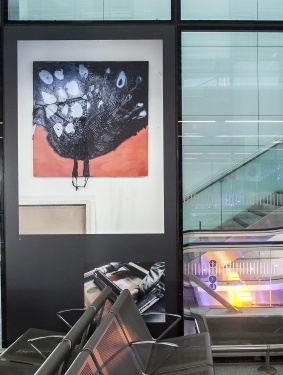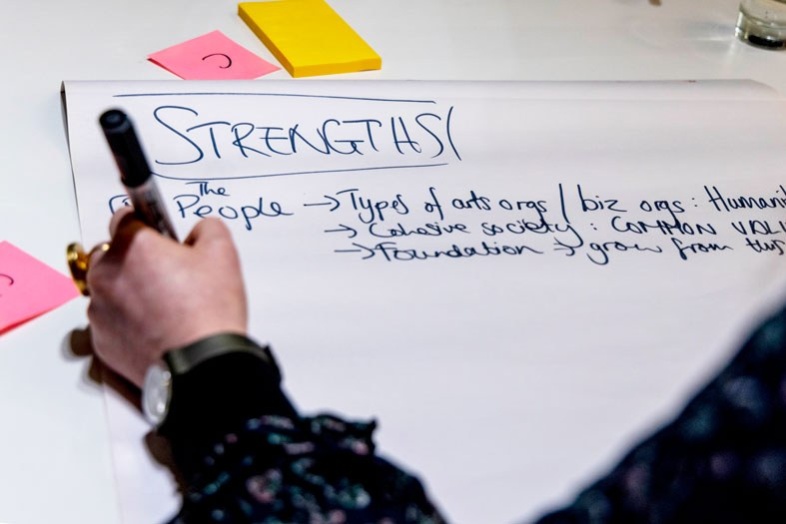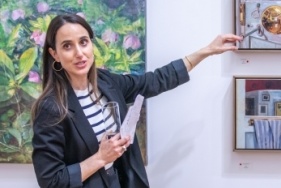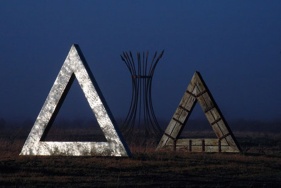Our expertise sits in a unique position at the intersection of culture and commerce, with a broad network of subject matter experts.
Our advisory experience covers strategy, sponsorship, curatorial services, events, and project management, helping you identify powerful ways to support the arts while delivering a return on investment for your business.
Our team features interdisciplinary skillsets honed across years of working in specialist curatorial and arts programming, events, and venue management. Our art form experience ranges from visual art to performing arts, heritage, and festivals, and our business experience from strategic planning and development to marketing and operations.
We supplement our in-house expertise with a panel of subject-matter expert associates to ensure we are providing dynamic best-practice support to our members.
Business to Arts is supported by a highly engaged board of directors representing some of Ireland’s most influential businesses, cultural organisations, charities, and more.
Learn more about our people.




